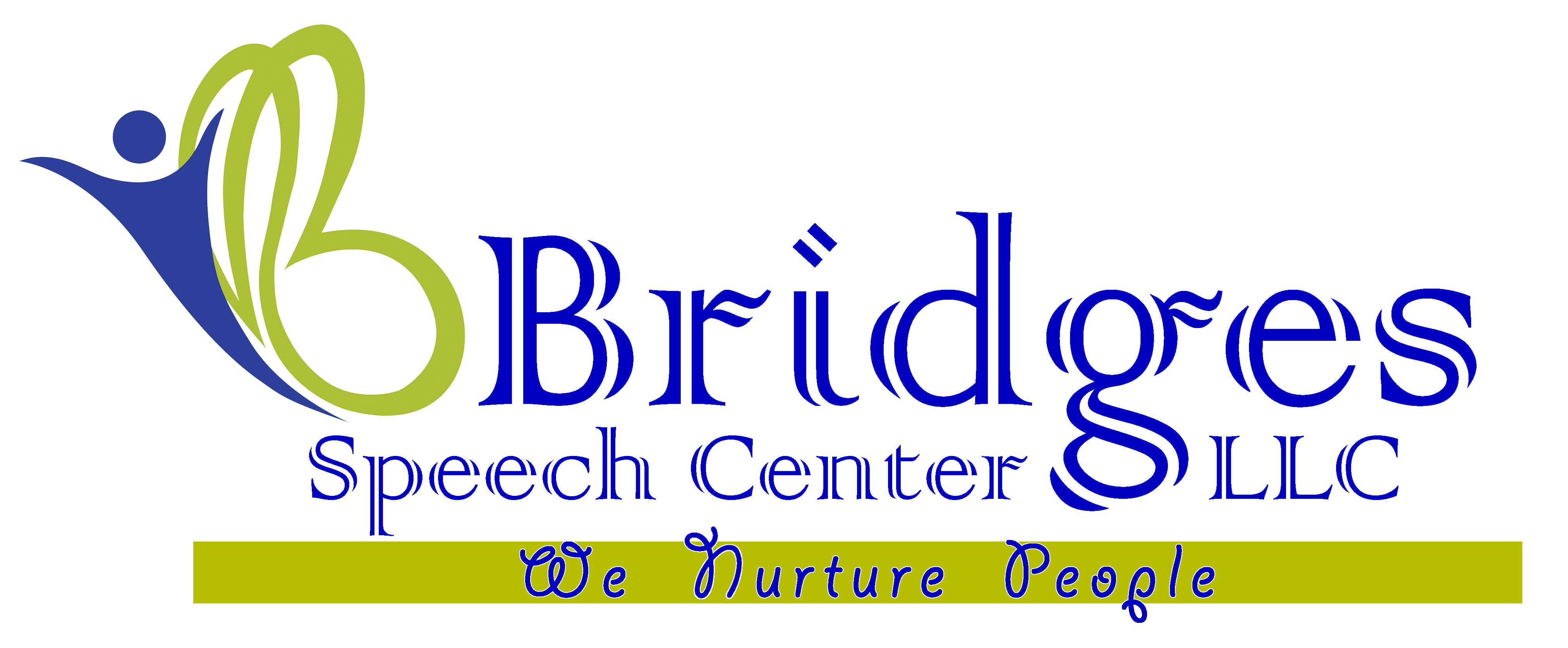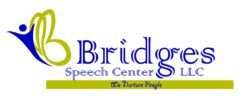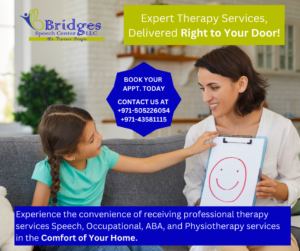- About Us
- Our Services
- Speech Therapy
- Speech and Language Therapies for Adults in Dubai
- Speech and Language Therapies for Children in Dubai
- Accent therapy
- Augmentative Alternative Communication (AAC) Therapy
- Articulation Speech Therapy
- Auditory Processing therapy/ Auditory verbal therapy
- Language Intervention: Speech Delay therapy
- Oral Motor Therapy
- Play Based therapy
- PROMPT/DTTC/RePT for Childhood Apraxia of Speech
- Social communication/Pragmatic language therapy
- Stuttering / Stammering therapy Program
- Spellography Program for Dyslexia
- Voice Therapy
- Home Care Services
- Feeding Therapy
- Physiotherapy
- Pediatric and Geriatric Physiotherapy
- Fall Prevention Programs for the Elderly
- Developmental Delay Treatment for Children
- Cerebral Palsy Management for Children
- Pediatric Orthopedic Conditions
- Osteoporosis Management for the Elderly
- Sports Injuries in Children
- Mobility and Balance Training for Elderly
- Joint Pain Treatment (Knee, Shoulder, Hip)
- Age-Specific Exercise Programs
- Coordination and Balance Exercises
- Orthopedic Physiotherapy
- Neurological Physiotherapy
- Sports Physiotherapy
- Cardiopulmonary Physiotherapy
- Women’s Health Physiotherapy
- Manual Therapy
- Therapeutic Exercise
- Pain Management
- Electrotherapy
- Hydrotherapy
- Ergonomic Consultation
- Tele-Physiotherapy Services
- Pediatric and Geriatric Physiotherapy
- Occupational Therapy
- Sensory Integration
- Clinical Psychology & Psychotherapy
- Cognitive Behavioral Therapy(CBT)
- ABA /Behavior Therapy
- Bridge Learning Program
- Group therapy
- Summer/Winter Program
- Telehealth Services
- Training Program/CEU
- Internship/ Observership
- Dynamic Movement Intervention (DMI)
- Speech Therapy
- Super Team
- Collaboration
- Training Course
- News/Blogs
- About Us
- Our Services
- Speech Therapy
- Speech and Language Therapies for Adults in Dubai
- Speech and Language Therapies for Children in Dubai
- Accent therapy
- Augmentative Alternative Communication (AAC) Therapy
- Articulation Speech Therapy
- Auditory Processing therapy/ Auditory verbal therapy
- Language Intervention: Speech Delay therapy
- Oral Motor Therapy
- Play Based therapy
- PROMPT/DTTC/RePT for Childhood Apraxia of Speech
- Social communication/Pragmatic language therapy
- Stuttering / Stammering therapy Program
- Spellography Program for Dyslexia
- Voice Therapy
- Home Care Services
- Feeding Therapy
- Physiotherapy
- Pediatric and Geriatric Physiotherapy
- Fall Prevention Programs for the Elderly
- Developmental Delay Treatment for Children
- Cerebral Palsy Management for Children
- Pediatric Orthopedic Conditions
- Osteoporosis Management for the Elderly
- Sports Injuries in Children
- Mobility and Balance Training for Elderly
- Joint Pain Treatment (Knee, Shoulder, Hip)
- Age-Specific Exercise Programs
- Coordination and Balance Exercises
- Orthopedic Physiotherapy
- Neurological Physiotherapy
- Sports Physiotherapy
- Cardiopulmonary Physiotherapy
- Women’s Health Physiotherapy
- Manual Therapy
- Therapeutic Exercise
- Pain Management
- Electrotherapy
- Hydrotherapy
- Ergonomic Consultation
- Tele-Physiotherapy Services
- Pediatric and Geriatric Physiotherapy
- Occupational Therapy
- Sensory Integration
- Clinical Psychology & Psychotherapy
- Cognitive Behavioral Therapy(CBT)
- ABA /Behavior Therapy
- Bridge Learning Program
- Group therapy
- Summer/Winter Program
- Telehealth Services
- Training Program/CEU
- Internship/ Observership
- Dynamic Movement Intervention (DMI)
- Speech Therapy
- Super Team
- Collaboration
- Training Course
- News/Blogs
Table of Contents
ToggleAugmentative Alternative Communication (AAC) Therapy Treatment in Dubai
- Home
- Our Services
- Augmentative Alternative Communication (AAC) Therapy
Augmentative and Alternative Communication (AAC) therapy for adults
Augmentative and Alternative Communication (AAC) therapy for adults is a specialized intervention designed to support individuals who have difficulty with verbal communication due to various conditions such as neurological disorders, traumatic brain injuries, stroke, or degenerative diseases. AAC involves using various communication methods, tools, and strategies to help individuals express themselves, participate in conversations, and engage with their environment effectively. AAC therapy is personalized to match each individual’s communication needs, preferences, and abilities. Here’s a detailed look at AAC therapy for adults:
Assessment
- Thorough Evaluation: Conducted by a speech-language pathologist (SLP) or an AAC specialist to assess communication abilities, challenges, cognitive skills, motor abilities, and sensory preferences.
- Multifaceted Analysis: Considers cognitive, motor, sensory, and language capabilities to determine the most suitable AAC methods.
- Baseline Establishment: Establishes a baseline of current communication abilities to tailor the therapy plan effectively.
Individualized Approach
- Tailored Plans: Therapy is highly individualized to meet specific communication goals, whether for expressing basic needs, engaging in social interactions, or participating in complex conversations.
- Customized Strategies: Plans are adapted based on continuous assessments and progress to meet the evolving needs of the individual.
- Personal Relevance: Focuses on communication that is meaningful and relevant to the individual’s daily life and interests.
Communication Modes
- Aided Communication: Involves tools or devices such as speech-generating devices, tablets, and smartphones.
- Unaided Communication: Utilizes gestures, facial expressions, body language, and sign language.
- Hybrid Methods: Combines both aided and unaided methods to maximize communication effectiveness.
Communication Devices
- Speech-Generating Devices (SGDs): Allow individuals to select symbols or use text-to-speech technology to express themselves.
- Tablets and Smartphones: Equipped with specialized AAC apps to facilitate communication.
- Low-Tech Tools: Includes picture boards and communication books for those who may not use high-tech devices.
Symbol Systems
- Visual Symbols: Uses pictures, icons, or symbols to represent words, phrases, or concepts.
- Personalized Symbols: Symbols are tailored to the individual’s specific communication needs and preferences.
- Complexity Levels: Ranges from simple pictures for basic needs to more complex symbols for detailed communication.
Vocabulary Selection
- Relevant Vocabulary: Focuses on words and phrases that are meaningful and necessary for the individual’s daily interactions.
- Dynamic Vocabulary: Adapts and expands as the individual’s communication skills and needs evolve.
- Personal Interests: Includes vocabulary related to hobbies, routines, and personal interests to encourage engagement.
Motor Access
- Adaptive Methods: For individuals with physical limitations, AAC therapy addresses motor access methods such as touch screens, switches, or eye gaze systems.
- Efficient Communication: Ensures that chosen methods are efficient and accessible for the individual.
- Accessibility: Adjusts tools to accommodate varying physical abilities to ensure effective use.
Training and Education
- Device Navigation: Teaches individuals how to navigate their communication devices and select appropriate symbols.
- Message Construction: Guides on constructing sentences and messages using the chosen AAC system.
- User Independence: Encourages self-sufficiency in using AAC tools for daily communication.
Language Development
- Grammar and Structure: Supports learning of grammatical structures and sentence construction.
- Vocabulary Expansion: Aids in expanding vocabulary to cover a broader range of communication needs.
- Language Skills: Enhances overall language skills to improve communication effectiveness.
Functional Communication
- Practical Application: Emphasizes using AAC tools in real-life contexts to express thoughts, emotions, needs, and preferences.
- Contextual Use: Ensures that individuals can communicate effectively in various settings, such as home, work, and social environments.
- Communication Goals: Focuses on achieving specific communication outcomes relevant to the individual’s daily life.
Social Interaction
- Engagement Strategies: Includes methods to help individuals initiate conversations and engage in social interactions.
- Connection Maintenance: Aids in maintaining connections with family, friends, and the community.
- Social Skills: Enhances social skills to foster meaningful interactions and relationships.
Environmental Control
- Assistive Technology: Uses AAC to control aspects of the environment, such as operating lights, household appliances, or selecting entertainment options.
- Independence: Promotes greater independence in managing daily activities.
- Adaptive Solutions: Provides solutions tailored to the individual’s living environment.
Transitioning
- Supportive Strategies: Provides support and strategies for individuals transitioning from verbal communication to AAC.
- Adjustment Assistance: Helps individuals and their families adjust to new communication methods.
- Smooth Transition: Ensures the transition is as smooth and stress-free as possible.
Regular Monitoring
- Continuous Assessment: Regularly evaluates progress and adjusts therapy goals and techniques accordingly.
- Progress Tracking: Keeps track of improvements and areas needing further development.
- Feedback Loop: Provides continuous feedback to individuals and caregivers to maintain engagement and motivation.
Psychosocial Support
- Emotional Impact: Addresses the emotional and psychological impact of communication difficulties.
- Confidence Building: Helps build confidence and reduce frustration related to communication challenges.
- Social Engagement: Encourages active participation in social and community activities.
AAC therapy empowers adults with communication difficulties to express themselves, interact with others, and actively participate in their daily lives. It enhances their quality of life by providing an effective means of communication, reducing frustration, and fostering independence and social engagement.
Make Appointment
Testimonials
What Parents Say
Send us an email if you wish to talk to any of them. For more reviews, please go to Google reviews.

My experience with bridges speech centre has been great. My child is attending OT in the center and we are happy and proud with the progress Mrs. Richa has made. The therapists are very supportive and knowledgable in selecting techniques to suit with our child's requirements . Their monthly review and evaluation is remarkable. I highly recommend bridges speech centre to anyone looking for an affordable and professional therapy for their child....

We were asked to consult a speech therapist for my son. As parents we were quite skeptical about this whole process. However, once my son started attending Dr Rupali’s sessions we noticed a drastic improvement in his speech. He used to speak only a few words but within the 1st four sessions he started speaking up-to 5 words sentences. I also learnt to manage my child’s emotions better with Dr Rupali’s guidance. She is very cooperative and patiently answer all questions.

We took our 21 month old daughter to Bridges speech center following her cleft palate surgery as she needed Speech therapy. Ms.Rupali was recommended to us by both our Pediatrician and ENT specialist. The staff at Bridges are qualified, warm and friendly. My daughter loved to attend the speech therapy sessions. Through various techniques and simulations provided during these sessions, I can see considerable improvement in my daughter's speech. Lastly I would say, no child is same, as parents we need to be patient and trust the process.

Rupali was excellent. In just couple of sessions she helped my child overcome difficulty in pronouncing ch and sh sound. Thanks very much.Highly recommend for children who will need assistance in speech therapy.
Blog & Article
Our Latest Blog & Articles
Developmental Delay Symptoms: Early Signs Parents Shouldn’t Ignore
Feeding Therapy and Developmental Delay Symptoms Parents Shouldn’t Ignore Mealtimes are one of...
Neurological disorders in kids
Parents hear the phrase neurological disorders in kids a lot during doctor visits,...


